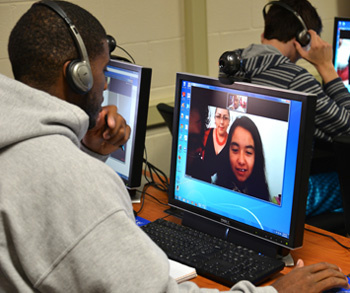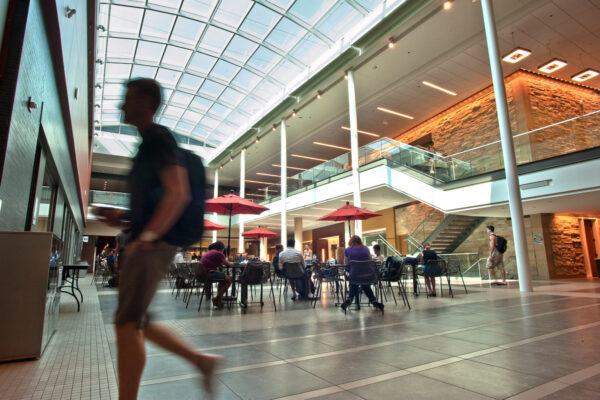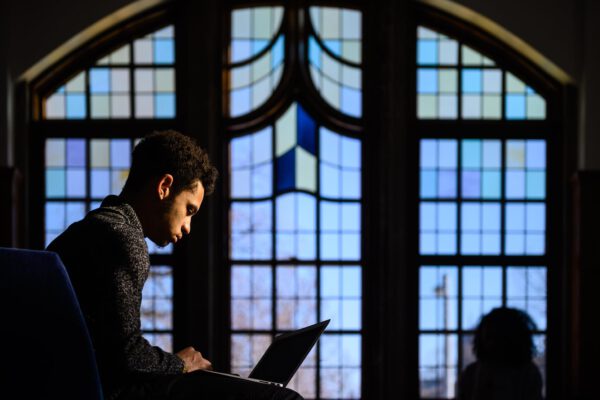By Steven Taylor
Tucked in the hills of rural Hardy County, West Virginia lies a small college with a big vision: to breathe life and bring jobs to the Appalachia region.
Eastern West Virginia Community & Technical College in Moorefield is one of the latest recipients of a $3.6 million America’s Promise Grant from the U.S. Department of Labor, given through the West Virginia Higher Education Policy Commission.
The grant, known as the America’s Promise 220 (AP 220) Corridor Project, is a joint endeavor between Eastern WVCTC, Allegany College of Maryland and Dabney S. Lancaster Community College in Virginia.
I talked recently with Charles “Chuck” Terrell, president of Eastern WVCTC, about the project.
Q: Can you share some background on the education and employment landscape in the region served by the colleges in the AP 220 Corridor Project?
Allied health and advanced manufacturing sectors are job growth opportunities for the region. Employers and job seekers do not identify state borders as barriers, so the goal of the grant is to remove real and perceived barriers between these three rural community colleges. Regional workforce education strategies will support existing employers to increase their workforce and encourage new businesses to locate to the AP 220 region.
Q: Describe the AP 220 Project. How does it benefit students in rural Appalachia specifically?
For students, tuition aid is available through the grant where students are otherwise not eligible for state or federal aid. Students may also benefit from taking courses across state lines at participating colleges without paying out-of-state tuition. We are also removing some of the barriers that traditionally exist with interstate course registration and transfer of credit.
Q: How are programs under AP 220 aligned with workforce needs? Does the project address a specific skills gap?
Building on the success of other public-private partnerships, the project will involve industry partners from the region, workforce and economic development representatives from the respective regions, and academics to create and offer credentials that have currency in the marketplace and at low- or no-cost to students.
Q: Explain more about how the three-college consortium will work.
The three colleges will combine their resources and reach to build a pipeline for students to earn industry-aligned credentials in allied health and advanced manufacturing fields. The participating colleges improve their institutional efficiency by pooling equipment and resources through the grant.
Q: How is AP 220 different from other efforts to increase education attainment?
The cross-state regional approach of the America’s Promise 220 Corridor Project brings much-needed opportunities to rural areas through building an education-to-work pathway. Results from this program could pave the way for future education and industry partnerships that provide students with shorter-term, skills-based credentials tied to in-demand jobs in their communities.
If you have any questions or comments about this blog post, please contact us.



